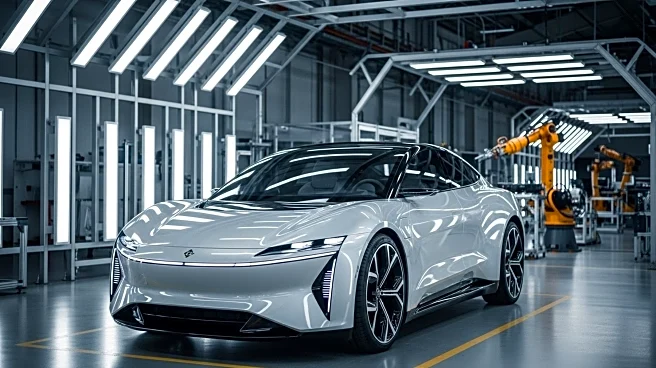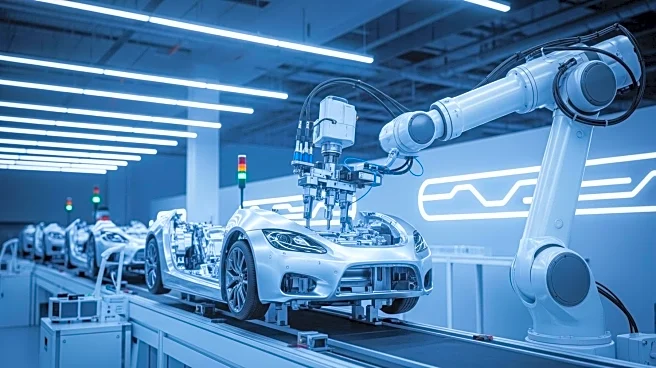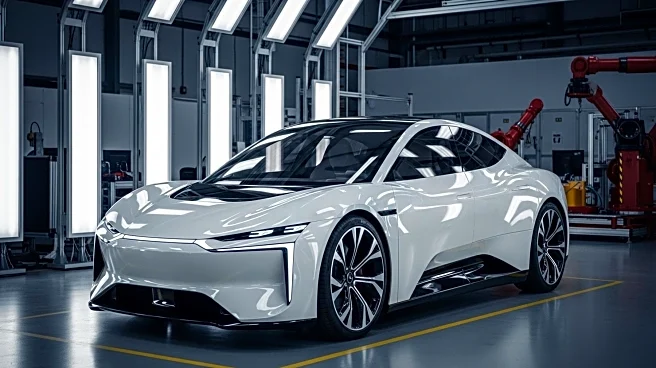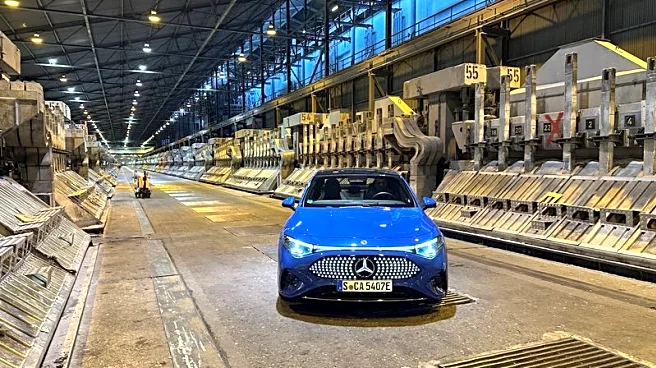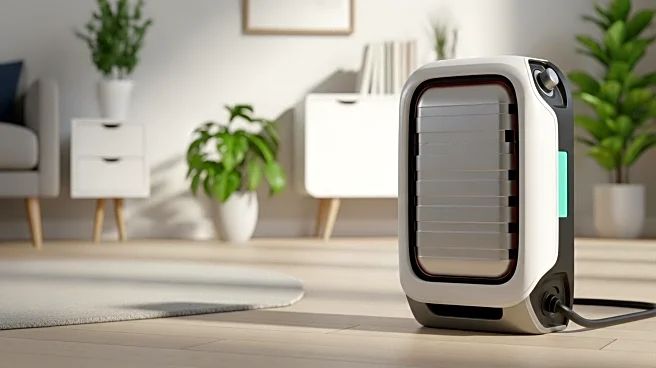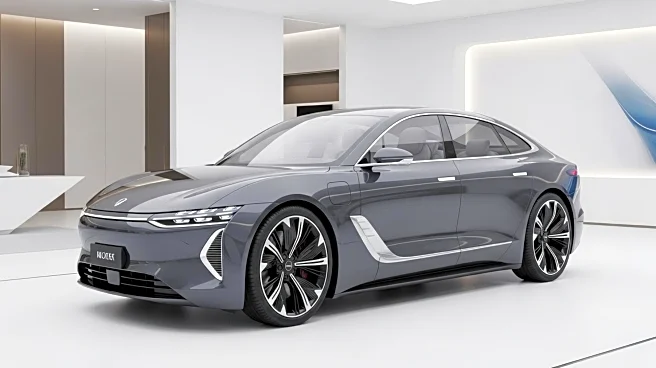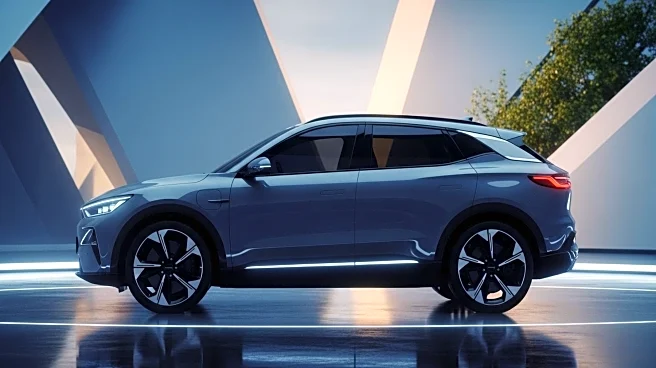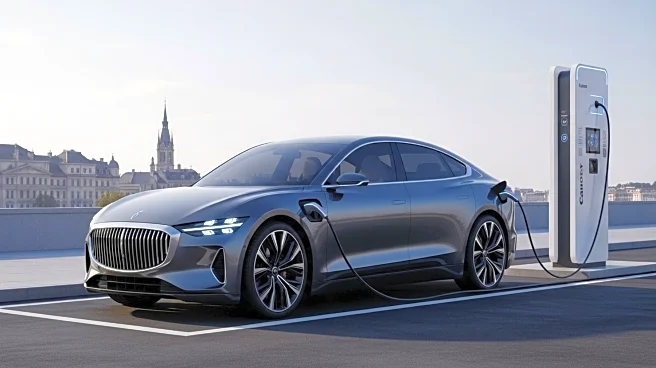What's Happening?
Mercedes-Benz has initiated pre-series production of its new VLE people mover at the Vitoria plant in Spain. This marks a significant step towards the vehicle's full market debut, scheduled for the first half of 2026. The VLE is designed to offer a blend of saloon-like ride comfort with the versatility of a multi-purpose vehicle (MPV). The production facility has undergone extensive upgrades, including a new body shop, flexible paint shop, and modernized assembly line, with over 90% of these enhancements completed. The VLE will be the first van to feature the Mercedes-Benz Operating System (MB.OS), indicating a major advancement in digital integration for the brand's commercial lineup.
Why It's Important?
The introduction of the VLE people mover represents a strategic move by Mercedes-Benz to expand its electric vehicle offerings and enhance its digital capabilities. By incorporating MB.OS, the company aims to set a new standard in connectivity and user experience within its van series. This development is crucial for Mercedes-Benz as it seeks to maintain competitiveness in the growing electric vehicle market, particularly in the commercial sector. The VLE's design, which caters to families, active lifestyle buyers, and premium shuttle operators, positions it as a versatile option in the MPV segment, potentially increasing market share and driving sales.
What's Next?
Mercedes-Benz plans to continue the modernization of the Vitoria plant to ensure seamless production of the VLE alongside other models like the V-Class, Vito, and eVito. The company is committed to sustainability, with the plant operating on 100% renewable electricity and incorporating solar power, geothermal heating, and waste-heat recovery. As the VLE approaches its market debut, Mercedes-Benz will likely focus on marketing strategies to highlight the vehicle's unique features and appeal to its target demographics.
Beyond the Headlines
The VLE's production at a carbon-neutral facility underscores Mercedes-Benz's commitment to environmental sustainability. This aligns with broader industry trends towards reducing carbon footprints and promoting green manufacturing practices. The integration of MB.OS also reflects the increasing importance of digital ecosystems in automotive design, potentially influencing future developments in vehicle connectivity and autonomous driving technologies.

